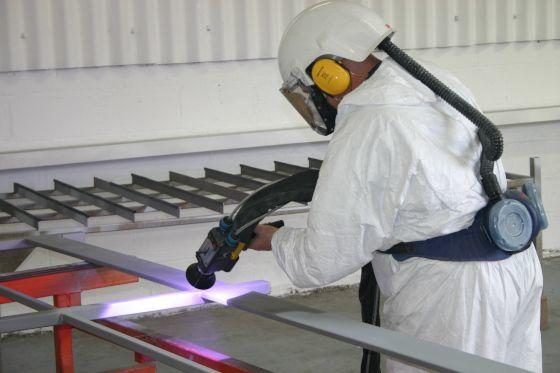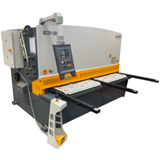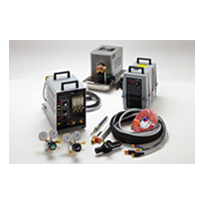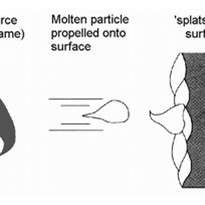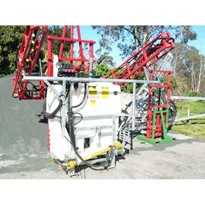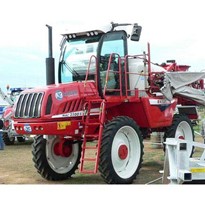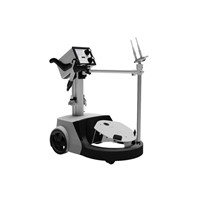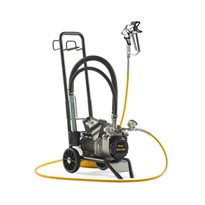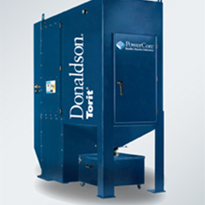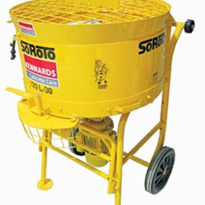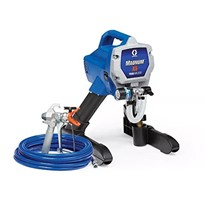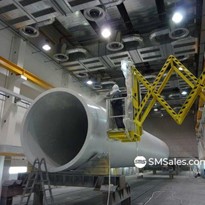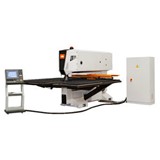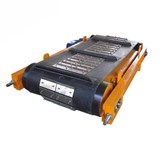Metal Spray is a process used all over the world, where molten metal or softened particles are applied to a prepared surface (substrate) to enhance its properties (hardness, anti-corrosion, wear, dielectric, restoring dimensions etc.).
The process is predominantly used for anti-corrosion and rebuilding engineering dimensions and has been used in every conceivable industry including Aerospace, Automotive, Biomedical, Agriculture, Space Travel, Power Generation, Infrastructure, Mining and many more applications.
No solvents or chemicals are used.
Metal Spray is the ideal surface to receive any top-coating from painting to powder-coating.
Our Metal Spray equipment consists of Arc Spray, Flame Spray, Plasma Spray, High Velocity Air-Fuel (HVAF), High Velocity Oxygen-Fuel (HVOF) and Spray Weld Equipment.

Dr Max Ulrich Schoop (pictured above) pioneered metal spraying in the early 1900’s when he, whilst firing pellets out of a toy cannon he had bought for his young son, discovered that molten lead and zinc would stick to almost any surface.
The metal/thermal spray process is a coating procedure used to change the surface properties of a part by adding a layer(s) of material to increase many factors:
- Durability
- Hardness
- Wear resistance
- Increase or decrease in friction
- Increase of corrosion protection
- Change electrical properties
- Replacing worn or damaged material
The materials used in this coating procedure can be:
- Metallic
- Ceramic
- Cermets
- Plastic
Substrate materials include:
- Metals
- Glass
- Carbon Fibre
- Plastics
- Plaster
- Polystyrene
- Ceramics
- Wood

How Does Metal Spray compare with Painting?
- Materials are of consistent quality and purity, no mixing required before application.
- Materials have an infinite shelf life if stored correctly.
- Fewer process steps required. This allows simpler quality control and fewer opportunities for error.
- Sprayed components require no protracted curing or drying times giving superior utilisation to floor space.
- Sprayed Zinc, Aluminium and their Alloys give effective corrosion resistance and protection immediately.
- Sprayed metals are more robust than paints and can withstand rougher usage.
- Even if the sprayed layer is damaged, the sacrificial action prevents corrosion.
- Metals can be sprayed in a wider range of climatic conditions (temperature and humidity) than paints.
- The materials used since the early 1900’s have not changed they are still in existence today, whereas numerous paint systems have been superseded many times over.
How Does Metal Spray compare with Galvanising?
- Low heat input during spraying eliminates the risk of component distortion.
- There is no limit to the size of component to be treated.
- Components can be treated on site, meaning there are no transport or waiting issues.
- Metal spraying is used to restore corrosion protection on damaged areas of welded galvanised steel and International Standards exist covering this.
- Coating thickness can be varied from area to area to provide extra protection in critical areas.
- The Metal Spray process is not limited to Zinc as Aluminium, Steels, Bronzes etc. can also be applied for a variety of applications.
- No re-work required from galvanising dross.
- The Metal Spray coating is porous and therefore the perfect surface to accept paint (that’s if required as it is not necessary).
- No need to pre–etch etc.


